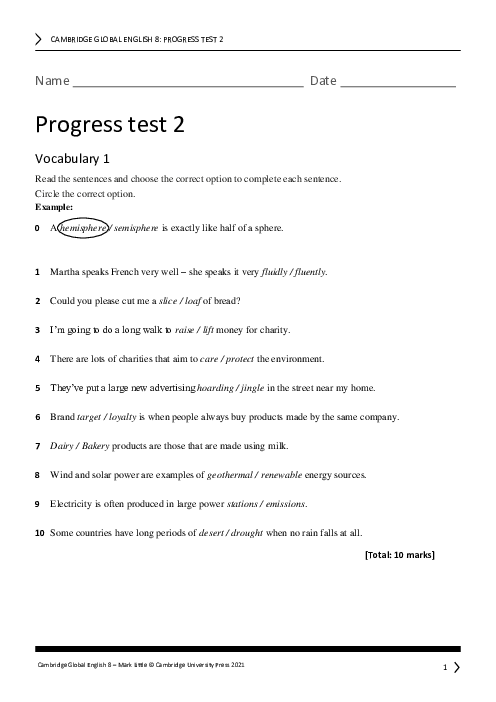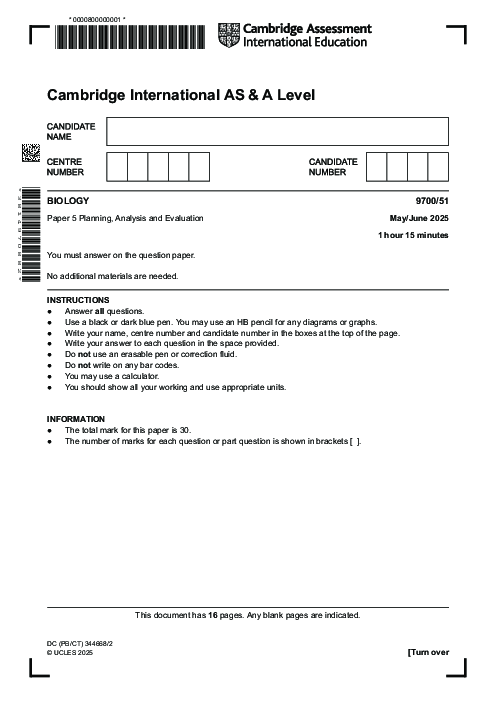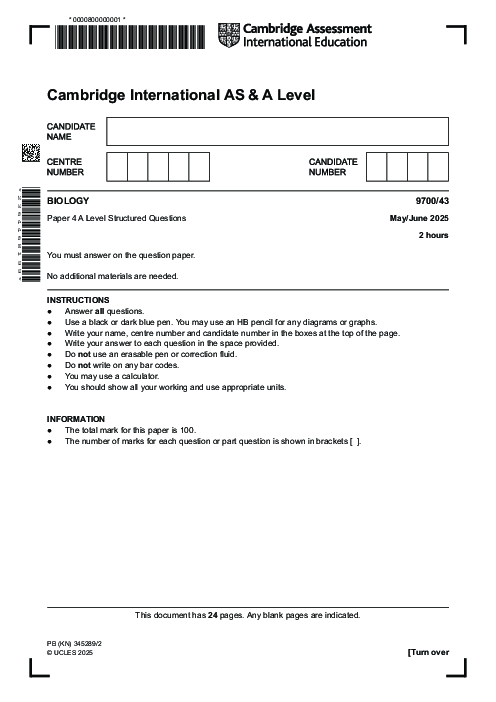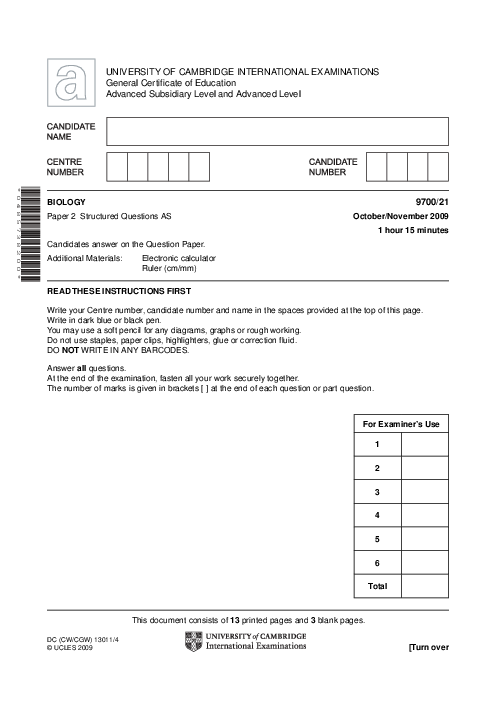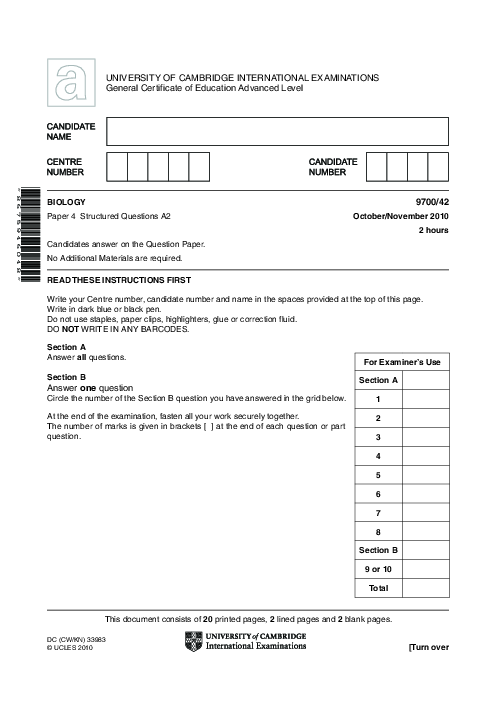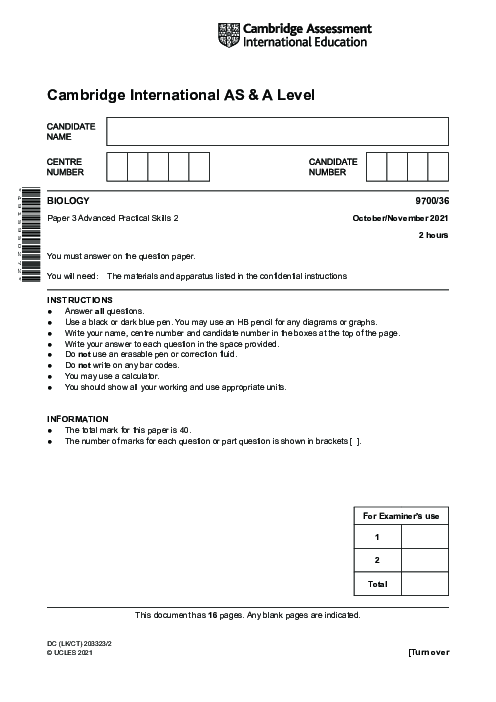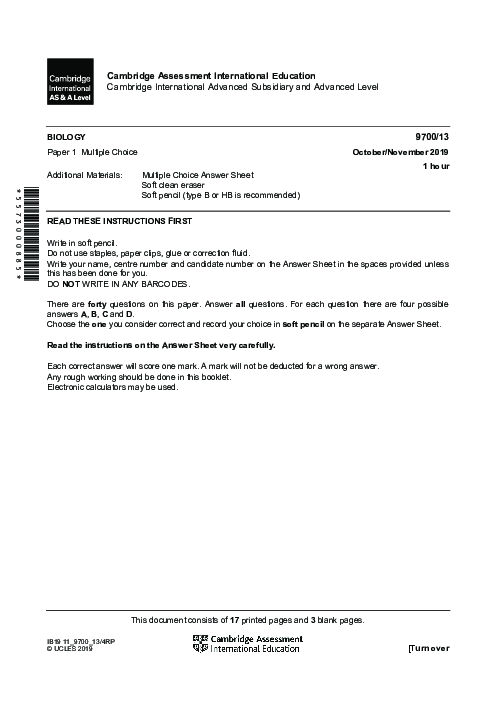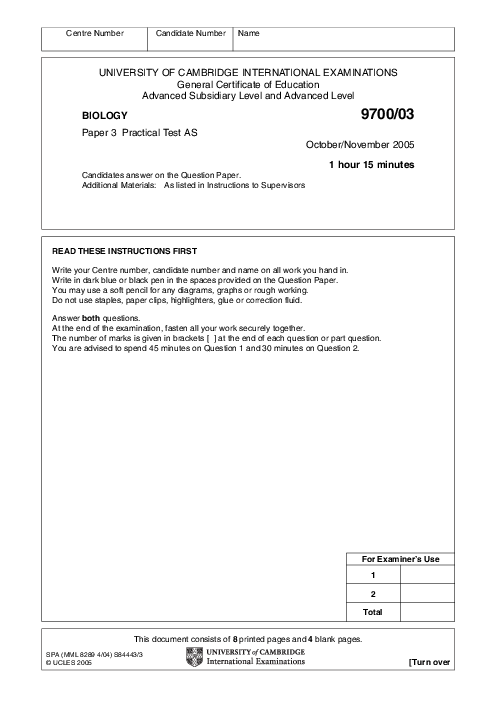Biology 9700,41 Oct Nov 2024
1. Neurobiology & Action Potentials | Nerve Impulse Transmission and Speed Differences – Comparing motor neurones in different species, analyzing action potential graphs, and explaining impulse transmission speed variations.
2. Plant Physiology & Stomatal Rhythms | Stomatal Opening, Guard Cell Function, and Environmental Control – Investigating stomatal movement in response to light cycles, gene-environment interactions, and their role in transpiration and photosynthesis.
3. Cellular Respiration & Metabolism | Aerobic Respiration Stages and Respiratory Quotient – Understanding catabolic reactions, coenzyme functions, RQ calculations, and differences in energy yield from carbohydrates vs. lipids.
4. Tropisms & Plant Movements | Mechanisms of Mimosa pudica and Venus Flytrap Responses – Contrasting rapid leaf movements in response to touch, osmosis-driven mechanisms, and adaptations to environmental stimuli.
5. Photosynthesis & Photophosphorylation | Cyclic vs. Non-Cyclic Pathways – Identifying similarities and differences in light-dependent reactions, ATP and NADPH production, and electron flow.
6. Reproduction & Meiosis | Gamete Formation and Genetic Variation – Comparing asexual and sexual reproduction in plants, explaining meiosis in diploid organisms, and justifying reduction division necessity.
7. Excretion & Osmoregulation | Kidney Function, Urea Excretion, and Water Balance – Understanding nephron function, homeostatic control of water potential, and adaptation of mammals to different water availability.
8. Evolution & Natural Selection | Spadefoot Toads and Speciation – Examining selection pressures in different habitats, stabilizing vs. disruptive selection, and mechanisms of sympatric speciation.
9. Genetic Engineering & DNA Manipulation | PCR, Enzyme Roles, and Gene Synthesis – Explaining DNA polymerase and ligase functions, PCR temperature cycles, and gene synthesis methods for cloning.
10. Ecology & Biodiversity | Lichen as Bioindicators and Conservation Importance – Assessing air pollution using lichens, measuring species abundance along environmental gradients, and justifying conservation efforts.
11. Population Genetics & Hardy-Weinberg Principle | Melanic Moth Inheritance and Genetic Crosses – Analyzing dominance patterns, allele distribution, and genetic drift in natural populations.
12. Population Estimation & Sampling Methods | Lincoln Index and Mark-Recapture Techniques – Calculating population size using recapture data, ensuring accuracy in ecological studies, and evaluating statistical reliability.

باز نشر محتواها در فضای مجازی، ممنوع است.


